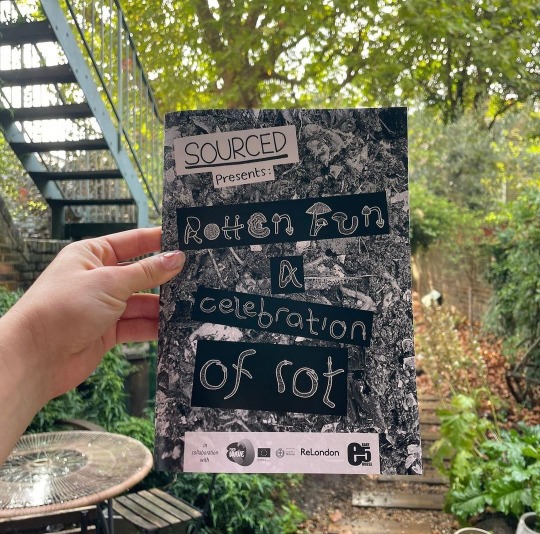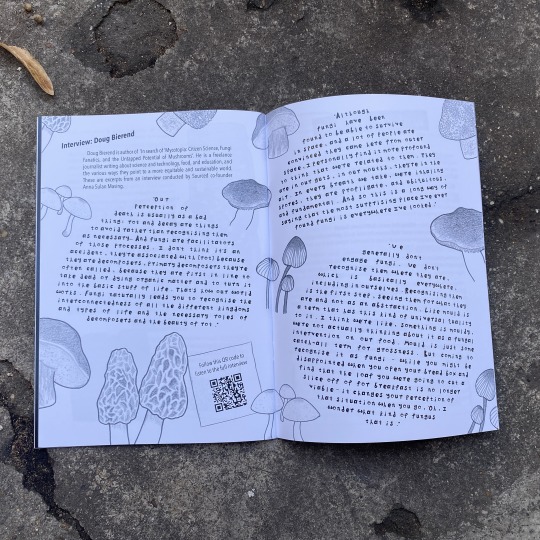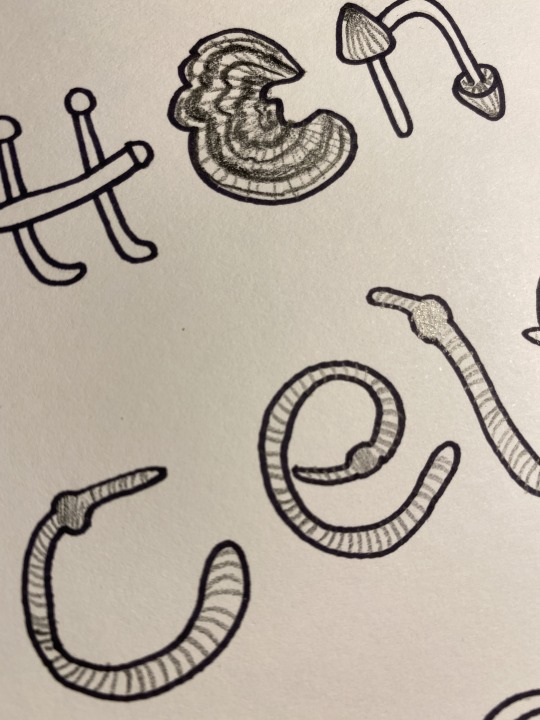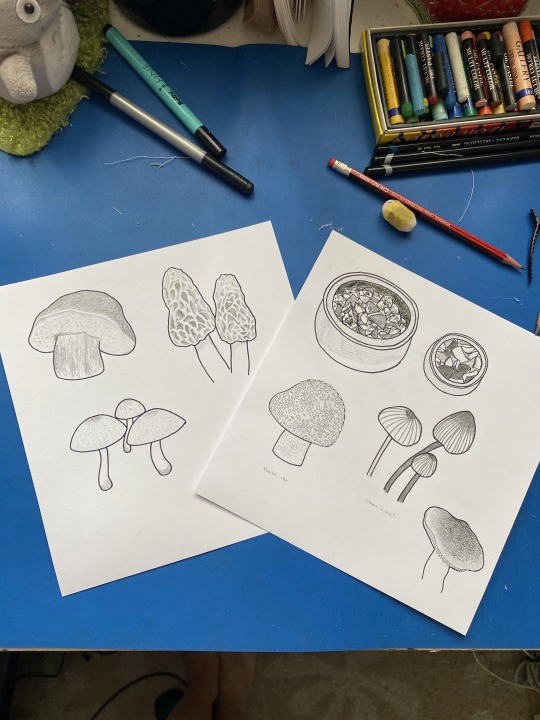#anna sulan masing
Explore tagged Tumblr posts
Text



Beanfeast 2024 Programme Leaflet - design, page layout, collage & illustration
The term "Beanfeast" dates back to 6th July 1773, when King George III arrived at Woolwich by barge and proclaimed an annual holiday after enjoying an open-air feast of beans and bacon. Woolwich Works' modern Beanfeast was a unique recreation of the feast, 251 years later, with a food-filled programme curated by food writer Anna Sulan Masing. I had a happy chance to work with Anna again and first time working with Woolwich Works. I was asked to create the programme leaflet for the festival and they were very open with the brief, I decided to do a collage artwork for the cover with a cute playfulness of the beans and bacon, with bright and cheerful Summer holiday colours running throughout. The programme consisted of the layout of Woolwich Works and the schedule for all the talks, workshops, makers market and live music. Thanking Anna and Allison from Woolwich Works for this Summer project, and for being open and engaging with my designs.
July 2024
#beanfeast#leaflet design#graphic design#collage artwork#illustration#anh tran#woolwich works#anna sulan masing#food festival#london#programme leaflet#beans and bacon#british summer
2 notes
·
View notes
Text
1 note
·
View note
Text
Venues & Funders - Here are some ways to support artists in addition to funding.
Having spoken to lots of venues and artists and worked with lots of venues and artists,nI have begun to identity a number of ways organisations could better work with/ support artists and put less strain on them.
1. keep applications really simple. ideally 1 a4. people who work in organisations get paid to read and process applications, artists put in a lot of time and effort to apply and that time is not paid for
2. support artists in applying for public funding, run surgeries in small groups, use your resources to help those that may otherwise find the process inccessible, difficult
3.create co-working areas for artists in art spaces, share your wifi, share your tea and coffee with local artists. we spend a lot of money we don't have on working space or teas and coffees in cafe's that we use as workspaces
4. work with artists to create targeted marketing. artists pour money into having flyers printed that often just sit in a stack in the venue. venues spend money on glossy brochures that are also limited in their reach. should more money be spent on distribution or targeted social media. what does targeted mean?
5. introduce artist discounts, your local makers are going to be your most avid audience, and they spend most of the money they don't have to see more work. they will see even more work if you offer them a concession. students aren't the only ones who are broke.
6. when people book for scratch nights, introuduce and option for them to be notified about the finished work
7. when people book to see an artist, have option for them to be notified about future work by that artist, create artist specific maling lists this way
These are just the ones I came up with off the top of my head. When I put it out the other artists within a day I had loads more. (thank you to Ema Jayne Park, Jack Dean, Gemma Paintin, Sophia Walker, Jamal Gerald, Chiel Buscher, Anna Beecher, Anna Sulan Masing. Look them all up btw, they are all amazing)
8. if your venue offers food and drink, at the very least offer this at a discount to performers rehearsing or with shows on. 9. Understand the costs associated with producing work. We know everyones budgets are squeezed but transferring your costs to the artist is not realistic in terms of the whole ecology. This includes the cost of time – even promoting through social media can be time consuming
10. Give feedback on applications, yes this takes time but I bet a lot less time than it takes people to write them and there is nothing more frustrating than being rejected twice when a simple line of feedback could have made all the difference. These notes for feedback can be made while processing the application, so easier to forward after.
11. Bare in mind when you send an artist a form needed “by the end of today' that as a freelancer today might be taken up with a completely different project, or be in transit between projects. Or in a situation where they can’t be on their laptop phone, teaching for example.
And there was one thing that frustrated lots of artists. So much so that I make it three points on the list?. Can you guess? At least 6 artists added some version of
12-14 Answer emails, respond to emails, write back to emails.
Now before you think this is artists not taking into account how busy and overworked and often also underpaid those who work in a venues are. These points were made in relation to people who had continually contacted venues sometimes for a bimonthly basis, for close to a year.
In my case having gone through this myself for a year. I eventually went on a hustle tour of the north east, where I said I “happened” to be in town. Then people responded, met me and said this was a good idea and a good use of time. It certainly felt better than writing endless emails, but can every artist afford a week out do that?
Now if I changed this point to, answer emails within a month would that sound fair? And in addition how about having an auto reply that explains what the reponse time for programming enquiries may be, or make this information readily available on your website?
15. rethink the term emerging, what It means and who its for.
Here there were divisions between London and the rest of the country
London artists seemed to think there was a glut of scratch/work in progress opportunities, and more of a focus on emerging artists
Out of London many wanted more work in progress opportunities and more of a focus on emerging artists.
funders, producers seem to be more fond of than artists, who often see it as a translation for we will not pay you, or we will pay you as little as possible.
stop conflating the term “emerging|” with young.
I started my practice late, at 30, and I am not alone. However, a 24 year old, who for example started out in youth theatre, could have as much or more experience than me a. more relationships in a venue than me, and even know there way better around applying for funding. So why do we conflate emerging with young?
But back to the list
16. Give artists opportunities to work in the theatre space and experiment with tech outside of showing, maybe group several artitsts companies together in a day to make most of tech staff, or hiring tech staff over one day?
17. admit you can benefit from artists input in figuring out better soloutions for all of this! admit a lot of current mechanisms are inefficient/broken.
Last but not lease, Delegate!
Give artists a role in scouting new work.
Creating artist sounding boards to feedback on how you
approach artist development. Invite artists to shadow your board meetings
Better yet, Give artists a role in governance. Have an artist on your board.
We are all in a precarious situation, some more than others, but its fair to say precarity effects us all. The thing to remember with all of this is that both sides need to be much more open and talk much more.
And if we are going to shoulder whatever is ahead in terms of the present government, who at least in terms of their views on the core curriculum seem less than appreciative of the arts, its not just that its better for us work together and more openly, we have come to a point where we don’t really have a choice.
But what we do have on our side is we are creative people, and so we can come up with creative solutions to improve how things currently work. I already see many organisatoins doing a lot with very limited resources. It is toally possible.
1 note
·
View note
Text
The Culinary Couple Who Built a British Empire
Mr. Lowe, who opened Lyle’s and, recently, Flor, has made a mission of uncovering forgotten British ingredients like Alexanders (a variant of parsley), beremeal (an ancient strain of barley, grown in Scotland) and Stichelton, a veined blue cheese made from raw milk. (Stilton, England’s famous blue, is now made from pasteurized milk.)
Ms. Travers no longer restricts herself to local ingredients. “I was always trying to sneak pineapple onto the menu” at St. John, she said, by arguing that Victorian-era aristocrats grew them in hothouses. But she does go to the source for ingredients, driving to Italy to pick out Amalfi lemons and to France for ripe apricots for her small-batch ice creams.
Whether she will be able to keep road-tripping for fruit now that Britain has left the European Union is in question. And the national debate over Brexit has highlighted thornier questions — about what and who belongs inside British borders — that extend into the food world and, by extension, the Henderson Triangle.
“I don’t think they set out to romanticize British food,” said Anna Sulan Masing, who writes about food and identity and is co-host of a podcast called “Voices at the Table.” “But there is this magical narrative with rose-colored glasses about what Britain used to be.”
At St. John, that narrative does not include plantains from the Caribbean, pomegranates from the Middle East or pasta, for that matter. “They have their core ingredients,” Mr. Bowien said admiringly. “They’ve never wanted to take their ox head and put it into tacos, or start nixtamalizing corn.”
Still, the Hendersons are trying to move the needle on diversity among their employees. Like most restaurant kitchens, St. John’s have long been overwhelmingly male. The Rochelle Canteens are largely staffed by women, but there has not yet been a female head chef at a St. John restaurant.
The current chef at St. John Bread and Wine, Farokh Talati, is the son of Parsi immigrants from India, and the first person of color to head a St. John kitchen.
from WordPress https://mastcomm.com/life-style/the-culinary-couple-who-built-a-british-empire-2/
0 notes
Photo






Sourced Presents: Rotten Fun, A Celebration of Rot Zine - illustrations, photos, design & layout
• 170x240mm • 32 black & white printed pages • Articles by SOURCED • Illustrations, photos & design layouts by Anh Tran
SOURCED is a public research project by Dr. Anna Sulan Masing and Chloe-Rose Crabtree, which aims at developing lines of inquiry into our relationships with food and drink. SOURCED investigates the way ingredients are sourced to push the food and drinks industry towards change.
For their second birthday celebration in September 2022, they held the event in collaboration with Food Wave at e5 Bakehouse with workshops, talks and food and drink celebrating all things ROT. They had dedicated a whole season on it and discussed rot from various angles: the science behind it, the organisms that thrive on it, the communities (microbial and human) that develop from it. They wanted to create their first ever zine which has rot articles with recipes in it to give away for free at the event, so I had the pleasure of materialising it. Fun fact: the cover photos are taken from my own compost bins with the worms working hard to break down food waste and dead leaves from my garden. Thanks to Anna, Chloe, Food Wave and What the Fork for this amazing opportunity where the content was so rich and interesting.
Sept 2022
#sourced#zine#zinester#rot#rotten fun#rot zine#illustrations#rot season#design layouts#food wave project#anna sulan masing#chloe rose crabtree#food waste#london#fermentation#mushrooms
61 notes
·
View notes
Text
The Culinary Couple Who Built a British Empire
Mr. Lowe, who opened Lyle’s and, recently, Flor, has made a mission of uncovering forgotten British ingredients like Alexanders (a variant of parsley), beremeal (an ancient strain of barley, grown in Scotland) and Stichelton, a veined blue cheese made from raw milk. (Stilton, England’s famous blue, is now made from pasteurized milk.)
Ms. Travers no longer restricts herself to local ingredients. “I was always trying to sneak pineapple onto the menu” at St. John, she said, by arguing that Victorian-era aristocrats grew them in hothouses. But she does go to the source for ingredients, driving to Italy to pick out Amalfi lemons and to France for ripe apricots for her small-batch ice creams.
Whether she will be able to keep road-tripping for fruit now that Britain has left the European Union is in question. And the national debate over Brexit has highlighted thornier questions — about what and who belongs inside British borders — that extend into the food world and, by extension, the Henderson Triangle.
“I don’t think they set out to romanticize British food,” said Anna Sulan Masing, who writes about food and identity and is co-host of a podcast called “Voices at the Table.” “But there is this magical narrative with rose-colored glasses about what Britain used to be.”
At St. John, that narrative does not include plantains from the Caribbean, pomegranates from the Middle East or pasta, for that matter. “They have their core ingredients,” Mr. Bowien said admiringly. “They’ve never wanted to take their ox head and put it into tacos, or start nixtamalizing corn.”
Still, the Hendersons are trying to move the needle on diversity among their employees. Like most restaurant kitchens, St. John’s have long been overwhelmingly male. The Rochelle Canteens are largely staffed by women, but there has not yet been a female head chef at a St. John restaurant.
The current chef at St. John Bread and Wine, Farokh Talati, is the son of Parsi immigrants from India, and the first person of color to head a St. John kitchen.
from WordPress https://mastcomm.com/event/the-culinary-couple-who-built-a-british-empire/
0 notes